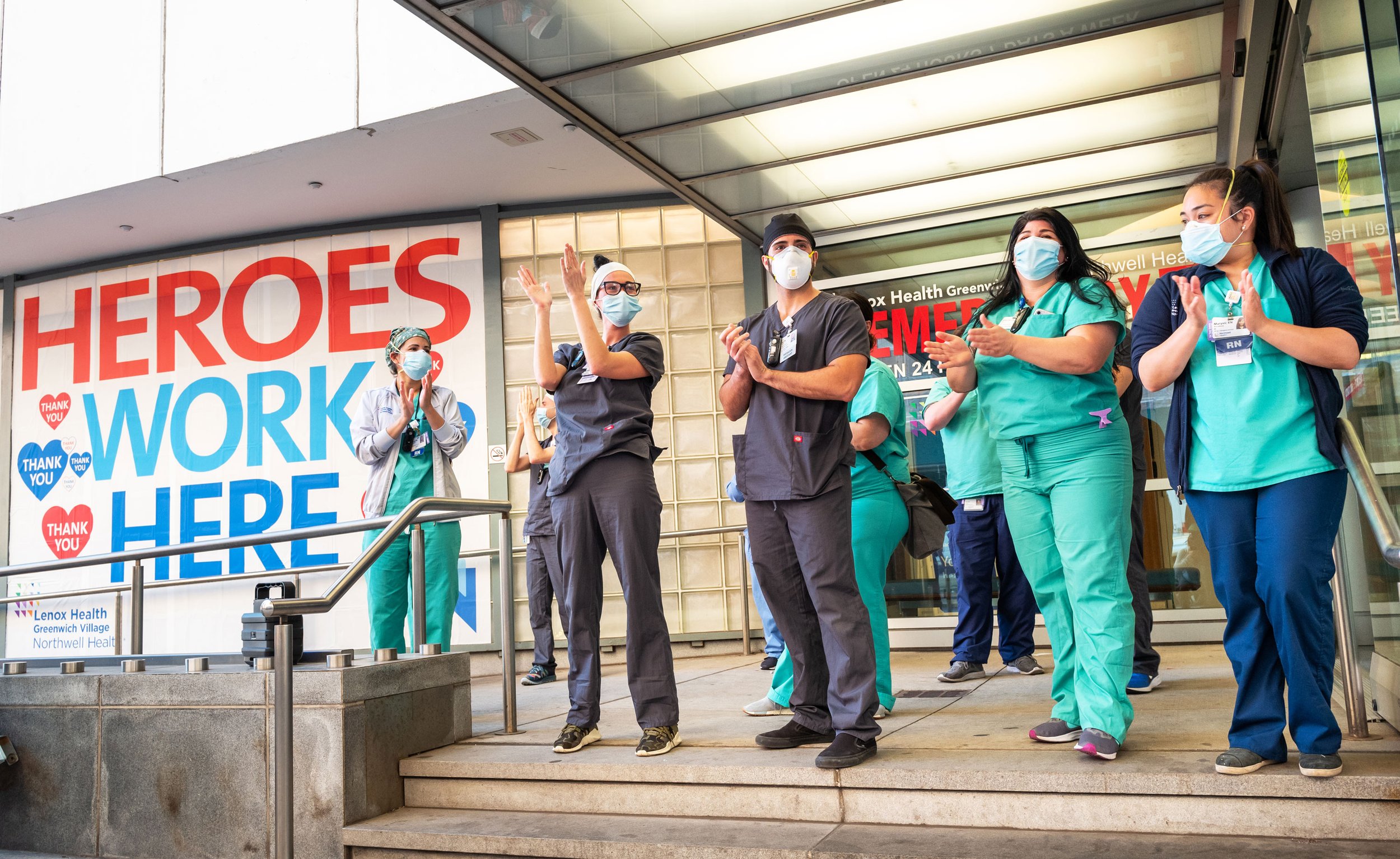Just How Healthcare RCM Solutions Streamline Invoicing and Collections
Just How Healthcare RCM Solutions Streamline Invoicing and Collections
Blog Article
A Comprehensive Guide on How Healthcare RCM Functions to Streamline Payment and Collections
Navigating the complexities of medical care revenue cycle management (RCM) is vital for providers aiming to boost their billing and collections processes. The guide unpacks the intricacies of RCM, from individual enrollment to receivables administration, offering understandings into enhancing each action. Incorporating innovative innovation and standard treatments can considerably minimize insurance claim rejections and increase settlement cycles. Yet, truth difficulty depends on effortlessly combining these aspects to improve cash money flow. As we check out the core components and methods that drive performance, one inquiry stays: how can medical care entities ideal placement themselves to prosper financially in an ever-evolving industry?
Comprehending Earnings Cycle Administration
RCM is a critical management feature that encompasses the whole monetary process of client treatment, from the first visit setting to the last payment of the equilibrium. It is an intricate treatment created to determine, gather, and handle the profits from the services offered to patients.
The RCM procedure starts when an individual timetables an appointment and extends through the client's treatment trip, including invoicing and collections. A key purpose is to decrease the time between getting and offering a service settlement, hence improving the company's financial wellness. RCM involves various functions such as client registration, insurance coverage confirmation, cost capture, coding, declares submission, repayment posting, and handling appeals and rejections.
Key Parts of RCM
In the world of Income Cycle Monitoring (RCM), comprehending its vital components is fundamental to attaining economic performance within health care organizations. RCM is a detailed process that includes different phases, each crucial to making certain effective billing and collections. The main elements include individual enrollment, insurance policy confirmation, charge capture, coding, case entry, payment posting, and accounts receivable administration.


As soon as coded, insurance claims are submitted to payers, where precision is critical to avoid beings rejected or hold-ups - Healthcare RCM. Repayment uploading includes videotaping the obtained repayments, which enables for the settlement of accounts. Last but not least, accounts receivable administration concentrates on monitoring and addressing unpaid claims, guaranteeing prompt follow-up and resolution
Each part of RCM is adjoined, and inadequacies in any type of part can disrupt the whole cycle. For that reason, understanding these components is vital for doctor to maximize revenue and improve their financial health.
Approaches for Reliable Payment

Systematizing payment procedures across the company is an additional key technique. Establishing clear standards for documentation, coding, and entry assists keep why not try here consistency and compliance with regulative demands. Training team consistently on these treatments ensures everyone is current with the most up to date modifications in invoicing codes and payer policies.
Precise cost capture is important in protecting against profits leak. Implementing normal audits and tracking systems allows for the identification and modification of inconsistencies prior to they impact revenue. In addition, preserving open lines of communication with payers helps to promptly solve any type of conflicts or misunderstandings that may arise.

Finally, appealing patients early in the invoicing process by providing clear estimates and instructional products about their monetary duties can significantly lower confusion and enhance settlement timeliness. These techniques jointly add to an extra monetarily healthy and effective invoicing system.
Enhancing Collections Processes
Offered the intricacies of medical invoicing and the range of payer demands, enhancing the collections process includes carrying out strategic actions that ensure precise and prompt payment of Click This Link solutions rendered. Automation tools can aid in tracking case standings, sending timely suggestions to clients, and handling denials a lot more properly.
Educating personnel to understand the nuances of insurance plan and payment codes is just as crucial. This expertise equips them to resolve payment disparities quickly and communicate efficiently with patients regarding their financial obligations. Additionally, clear and transparent client interactions are critical. Offering thorough descriptions of costs and providing flexible layaway plan can enhance client contentment and punctual payments.
Normal audits of the collections process ought to be performed to identify areas for renovation and guarantee conformity with policies. By analyzing information, medical care organizations can recognize patterns, anticipate potential issues, and adjust techniques as necessary (Healthcare RCM). Inevitably, a well-enhanced collections procedure not just sustains economic wellness however also adds to an extra seamless experience for individuals and team alike
Optimizing Profits Streams
Structure upon the foundation of a strong collections process, health care companies can additionally bolster their economic stability by purposefully optimizing profits streams. This entails a multi-faceted method, starting with an extensive evaluation of existing read this income resources to identify inadequacies and areas for growth. Utilizing innovative data analytics devices allows companies to acquire understandings into payer mix, individual demographics, and solution usage patterns, permitting data-driven decisions that boost revenue capture.
Applying automated invoicing systems can considerably reduce errors and quicken claims processing, making sure that income is collected more effectively. Moreover, maximizing payer contracts via routine negotiations can enhance repayment prices and terms, straight affecting the bottom line. Expanding service offerings, such as including telehealth or health programs, can additionally bring in a broader patient base, hence raising earnings possibility.
One more essential part is boosting individual interaction and contentment, as completely satisfied individuals are more probable to follow treatment strategies and make prompt settlements. Supplying versatile repayment choices and clear payment techniques can boost collections and foster individual loyalty. Healthcare RCM. By adopting these strategies, medical care organizations can create an extra durable financial structure, making sure continual development and stability in an ever-changing sector landscape
Final Thought
Finally, healthcare Earnings Cycle Administration (RCM) plays a critical duty in enhancing billing and collections procedures by integrating vital elements such as client enrollment, insurance coverage verification, charge capture, coding, asserts submission, and accounts receivable monitoring. By employing advanced technology, standardizing procedures, and cultivating person involvement, doctor can significantly minimize case denials, speed up settlement cycles, and improve money flow. This thorough method to RCM inevitably results in enhanced economic efficiency and sustainability for healthcare organizations.
The RCM process starts when a client routines a consultation and expands via the individual's treatment journey, consisting of payment and collections.Another important component is boosting client interaction and satisfaction, as satisfied clients are extra most likely to stick to treatment plans and make timely settlements. Providing flexible payment choices and transparent billing practices can enhance collections and foster patient commitment.In verdict, health care Profits Cycle Administration (RCM) plays an essential duty in enhancing billing and collections procedures by incorporating vital parts such as patient enrollment, insurance confirmation, cost capture, coding, declares entry, and accounts receivable administration. By employing sophisticated modern technology, systematizing procedures, and cultivating individual involvement, healthcare carriers can substantially lower insurance claim denials, speed up settlement cycles, and boost cash flow.
Report this page